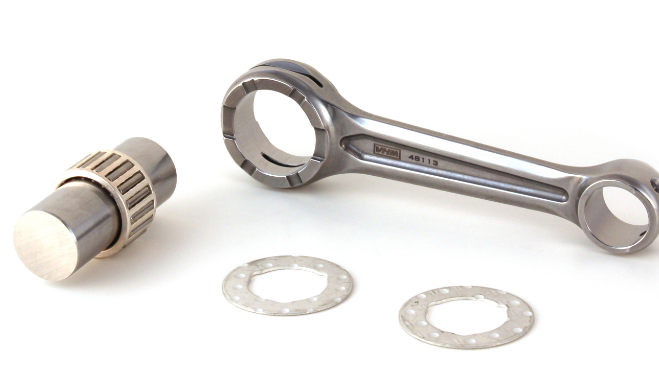Removing the connecting rod from the piston in an internal combustion engine forms an important step in engine repair and maintenance. This procedure requires precision and careful execution. This article will guide you through this intricate process and underline its importance in preserving the longevity and performance of your engine.
Importance of Connecting Rod in Engine Function
The connecting rod is a fundamental component within an internal combustion engine. It provides a critical link between the piston and the crankshaft, converting the reciprocating motion of the piston into the rotary motion of the crankshaft. Removal of the connecting rod from the piston becomes essential during engine overhauls, part replacements, or intensive repairs.
Implications of the Connecting Rod Removal Process
Before venturing into the removal process, understanding the potential consequences of improper removal or installation of the connecting rod is vital. Incorrect procedures can lead to engine performance issues, including reduced fuel efficiency, power loss, and, in worst-case scenarios, total engine failure. Therefore, the correct approach to this task cannot be overstated.
Tools Needed for Connecting Rod Removal
The removal of a connecting rod from the piston requires certain specific tools. These include a piston pin puller for removing the piston pin, a piston ring compressor for ring removal, and a wrench for bolt loosening. The importance of a torque wrench cannot be underestimated as it ensures the correct torque is applied during the bolt removal process.

Procedure for Disconnecting the Connecting Rod
After gaining access to the piston by disassembling the engine, you need to remove the piston pin that holds the connecting rod to the piston. This can be done by using the piston pin puller. Once the pin is removed, the connecting rod can be carefully detached from the piston.
Precautions During the Removal Process
During the removal process, caution should be taken to prevent any damage to the piston or connecting rod. Any scuffs or scores can lead to engine performance issues and shorten the life of the engine. It is also crucial to maintain the association of the connecting rod to its corresponding piston and cylinder as they must be reinstalled in the same position.
Deepening Your Understanding of Engine Maintenance
Learning to remove a connecting rod from a piston proficiently is a crucial step in many engine repair scenarios. Whether you’re a professional mechanic, an enthusiastic DIYer, or a car owner wanting to expand your knowledge, grasping this process can significantly enhance your skill set in overall vehicle maintenance.